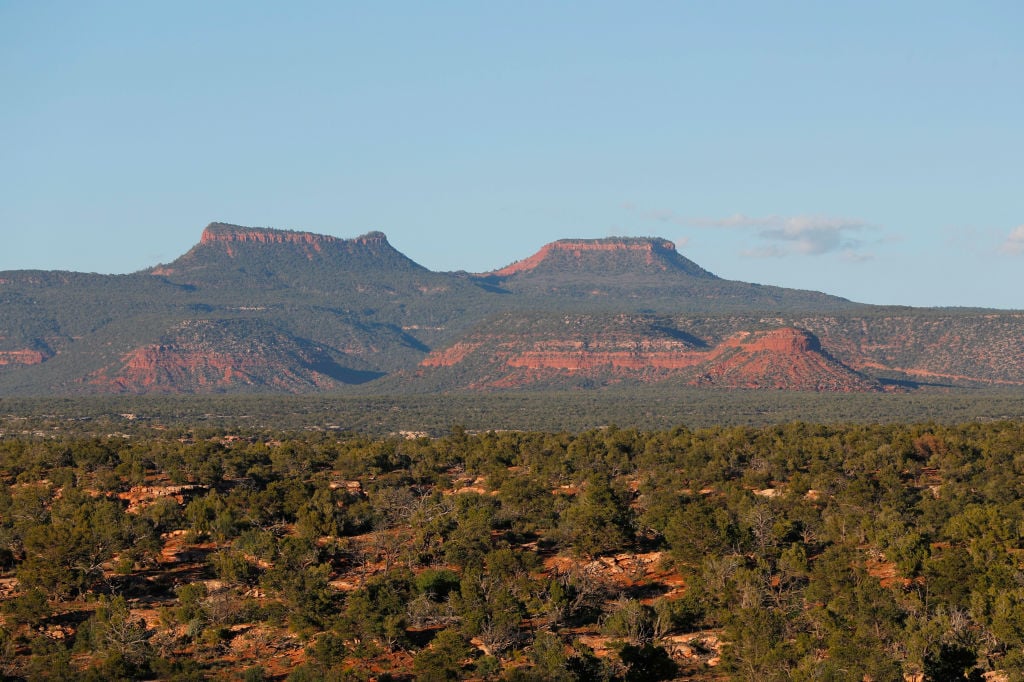
President Biden has restored environmental protections for two landmarks in Utah’s red-rock desert, Bears Ears National Monument and Grand Staircase-Escalante, effectively reversing former President Donald Trump’s decision to reduce the sizes of the sites in 2017.
Under Biden’s executive order, 1.87 million acres around Grand Staircase-Escalante are once again protected by federal law, reestablishing the domain first designated a landmark by President Clinton in 1996. Meanwhile, the boundaries around Bears Ears have been expanded to 1.36 million acres—a slight increase in size from the area first charted out by President Obama in December of 2016.
A year later, the Trump administration reduced the acreage of Grand Staircase-Escalante by nearly half, while Bears Ears was decreased by 85 percent—the largest curtailment of federal land protection in U.S. history.
“The protection of our public lands must not become a pendulum that swings back and forth depending on who is in office,” Biden said in speech before signing the changes into law. “This is not a partisan issue.”
Newspaper rock in Bears Ears on June 2, 2018. Photo: Larry Hulst/Michael Ochs Archives/Getty Images.
“National monuments and parks are part of our identity as a people,” he continued. “They are more than natural wonders. They are the birthright we pass from generation to generation. A birthright of every American.”
Biden exercised his authority under the Antiquities Act, a statute signed into law by Theodore Roosevelt in 1906 that gives the President power to establish national monuments on federal lands.
With Biden’s order, Bears Ears is now co-managed by the Bureau of Land Management and a coalition of five Native American tribes whose ancestors inhabited the region: the Hopi Tribe, the Navajo Nation, the Ute Mountain Ute Tribe, the Ute Indian Tribe, and the Pueblo of Zuni.
The site, named for its signature twin buttes that can be seen from hundreds of miles away, is home to thousands of archeological treasures, including rock paintings, pottery fragments, and dinosaur fossils. But its significance is not just historical, said Patrick Gonzales-Rogers, executive director of the Bears Ears Inter-Tribal Coalition, who called Biden’s order “monumental.”
“These are living places,” he said, referring to Bears Ears as a “cathedral” for the tribes of the coalition. “It is not just about the preservation of the great outdoors. It’s about protecting the places of worship and cultural practice for the tribes that we represent.”
Like Bears Ears, Grand Staircase-Escalante is overseen by the Bureau of Land Management and spans sandstone canyons, cliffs, and mesas, and houses some of the country’s most prized examples of native art and fossils.